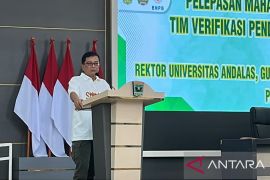Andrei Pinkov, founder and editor-in-chief of the Canada-based Kanwa Asian Defense monthly, said that although the J-20s, pictures of which have recently been posted on several websites, are not on a par with their counterparts in the U.S. and Russia in terms of technical levels and performance, they still represent a major breakthrough in China`s aircraft manufacturing capability.
One of the J-20`s drawbacks is that it is not capable of supersonic navigation, Pinkov told CNA.
"J-20s might not meet the norms of the fourth-generation fighters in either the U.S. or Russia. Rather they are fourth-generation fighters with Chinese characteristics," he said.
Completely designed and built by the No. 132 aircraft manufacturing plant in Chengdu in China`s Sichuan Province, J-20s symbolize an end to the era in which China produced its military aircraft simply by copying foreign models, Pinkov said.
The stealth fighters are actually fighter-bombers and if equipped with aerial refueling gear, are capable of launching attacks on military bases as far afield as Guam, Pinkov said.
"Large improvements are expected for the Chinese stealths in the next 10-15 years, and they will be neck-and-neck with, or even exceed, their U.S. and Russian counterparts once China develops more advanced power and radar systems," Pinkov said.
When the photos of the stealth fighters first appeared on the Internet, many people thought they were fake pictures and that no actual Chinese stealths exist.
But more experts have come to believe that the fighters are real and are a cross between the F-22 of the United States and Russia`s T-50.(*)
Editor: Aditia Maruli Radja
Copyright © ANTARA 2011











